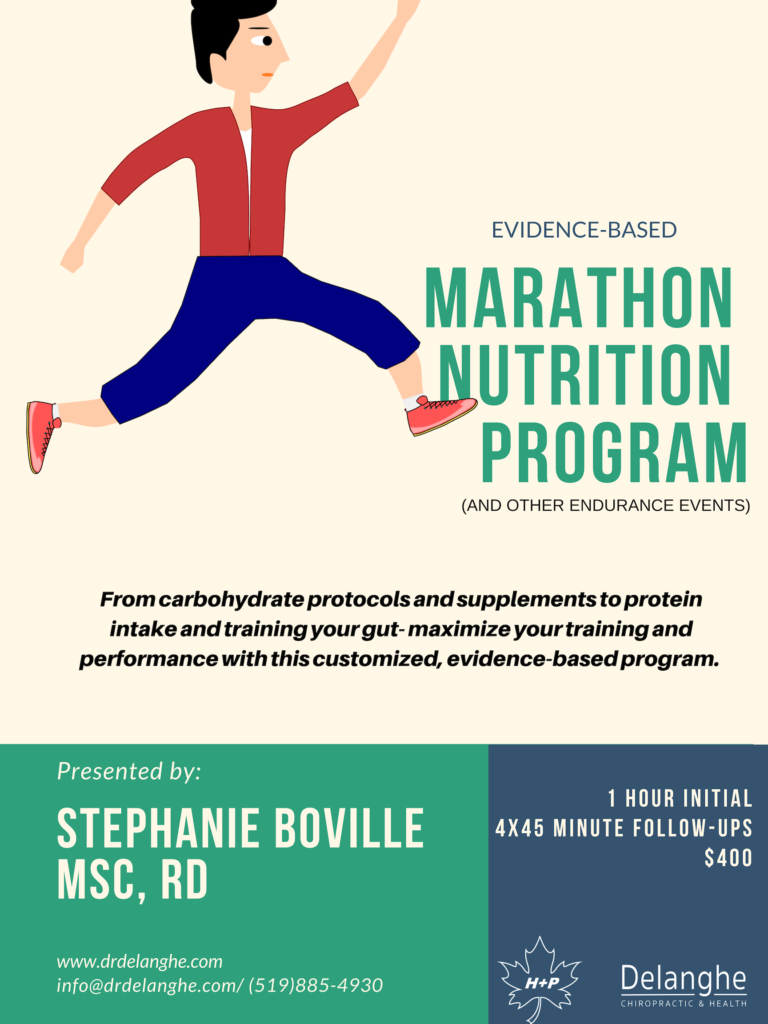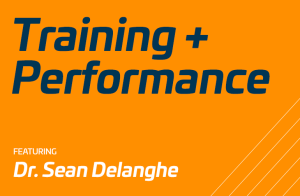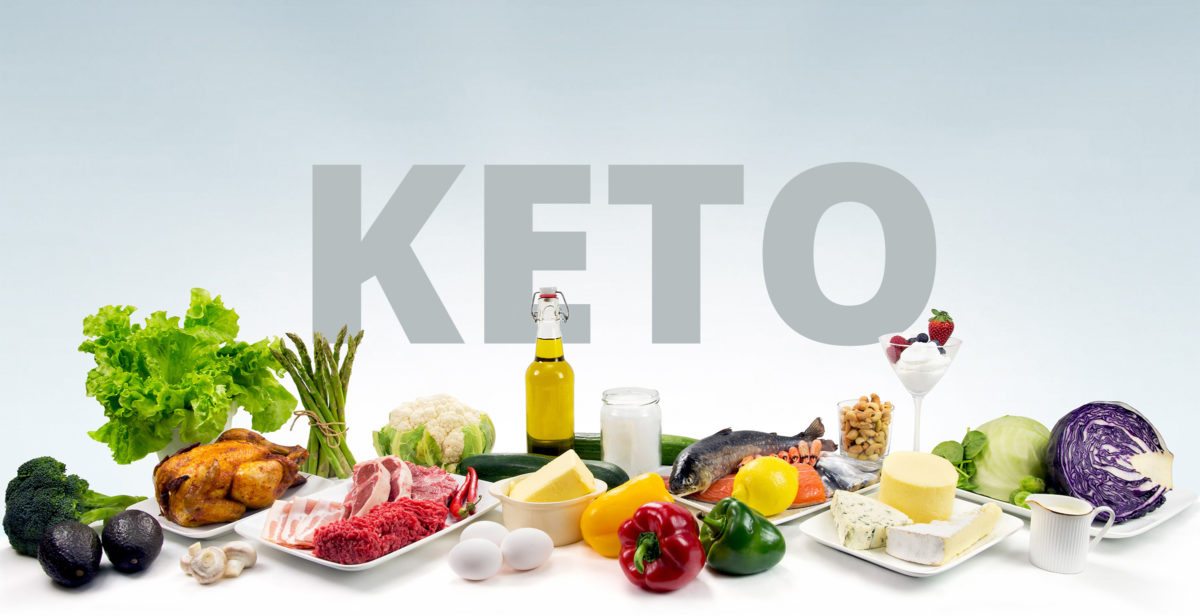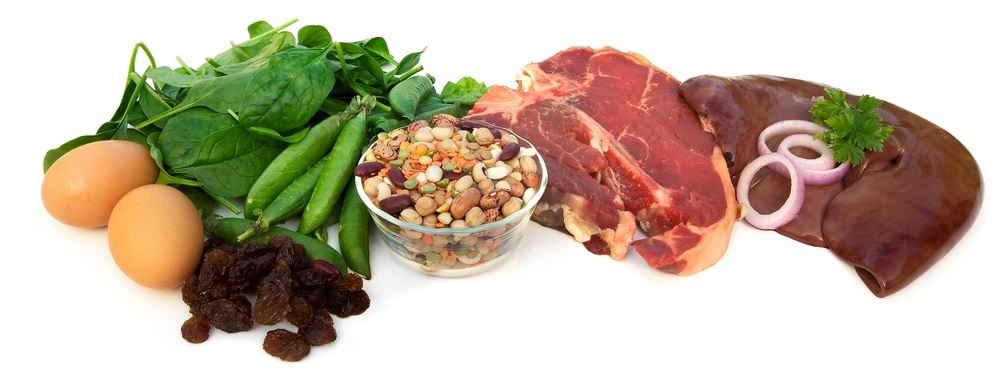We’ve all heard of DOMS (delayed onset muscle soreness) and the majority of us have experienced it at least once.
It’s that muscle pain and weakness that we feel a day or two after some exercise. It can be caused by any type of muscle contraction but it is most commonly caused by an eccentric exercise such as downhill running and resistance training. (Reminder: an eccentric exercise is a movement where the muscle is under load as it lengthens. For example, a raising part of a bicep curl is a concentric exercise but the lowering part of a bicep curl is the eccentric part)
The typical symptoms include strength loss, pain, muscle tenderness, stiffness and swelling. Symptoms typically peak 24-48 hours after exercise and fade within 96 hours. The severity of DOMS depends on several factors but in general, more damage occurs with higher intensity and unfamiliar actions.
Physiologists do not have clear understanding of the mechanism behind DOMS, however the proposed theory involves a mechanical disruption to the sarcomeres (the fundamental unit of a muscle structure) which then sets off an inflammatory response. The swelling is caused from the movement of cells and fluid from the blood stream to the muscle, where it contributes to the sensation of pain.
I’ve often been asked if it’s okay to continue exercising and/or what can someone do to help reduce the feeling of DOMS. A recent meta-analysis looked to compare the effects of the most commonly used recovery techniques on muscle damage, DOMS, inflammation and the feeling of fatigue from physical exercise. The authors looked at the effects of 1 session of several different types of recovery techniques after physical exercise on:
- DOMS
- Perceived fatigue (ie: how much someone feels tired)
- Inflammatory markers (IL-6, CRP)
- Muscle damage markers (CK – creatine kinase)
Let’s have a look at the evidence!
Massage
Based on this meta-analysis, massage was the most effective for DOMS and perceived fatigue! The authors reported that a 20-30 min massage performed immediately after or up to 2 hours after exercise has been shown to help reduce DOMS for 24-96 hours after exercise. Elite athletes (in this case ultra-marathon runners) reported a significant improvement in lower perceived pain after massage. Not only does a massage feel good, but it has also been shown to reduce CK and IL-6 in the blood after exercise which may help towards a faster recovery.
Rationale:
Massage seems to help the symptoms of exercise-induced muscle damage by increasing blood and lymph flow which can stop the CK response and clear it from the blood. It’s assumed that massage flushes out neutrophils (an immune cell that responds to inflammation) from the damaged area which would otherwise cause more CK in the area.
Compression Garments
Compression garments have a significant and positive impact on DOMS up to 96 hours after exercise. It has been shown that wearing a whole-body compression garment over a 24-h period after intense heavy resistance training significantly reduces perceived fatigue. That might not be realistic for us but other compression garments such as leggings and socks can be used.
Rationale:
The beneficial effect of compression garments might be explained by:
- A reduction in the space available for swelling and edema
- Better venous return (blood flow back to the hear)
Cold Water Immersion
Cold water immersion (CWI), aka: ice baths, showed a significant effect on DOMS and perceived fatigue after training and competitions/tournaments as well as after strenuous exercise in both trained athletes and recreational subjects.
Ice baths in water at 11-15⁰C for 11-15 minutes is considered the optimal dose to have a positive impact and reduce DOMS.
Rationale:
CWI seems to help reduce exercise-induced inflammation, edema, pain sensation, and muscle damage through these ways:
- The hydrostatic pressure from being immersed in water may help transport fluids from the muscle to the blood and therefore eliminate inflammatory products
- Narrowing of blood vessels from the cold temperature may reduce fluid diffusion into space in the muscle and reduce the inflammatory reaction
Contrast Water Therapy
Contrast Water Therapy (CWT) which is bathing alternately in warm and cold water seems to have a small effect on DOMS but not perceived fatigue. CWT has been able to reduce the perception of pain at 24, 48, and 72 hours post-eccentric exercise. CWT also reduced CK concentrations in the blood.
Rationale:
CWT promotes the opening and narrowing opening of blood vessels which may reduce the formation of edema, inflammatory pathways and decrease feeling of pain.
Active Recovery
Active recovery also has a significant effect on DOMS, but not effect on perceived fatigue however, the impact of active recovery is only significant during a short period after exercise. There seems to be no influence of active recovery on CK, IL-6 and CRP concentrations in the blood.
Rationale:
Active recovery seems to help DOMS by enhancing blood flow in muscle tissue, which helps to remove metabolic waste and therefore reduce muscle pain.
Cryotherapy
Cryotherapy is the exposure to a cold chamber and appears to be effective in reducing DOMS after exercise. The authors found that cryotherapy had an effect on DOMS but only for about up to 6 hours after exercise and any cryotherapy done 24 hours after the end of exercise is ineffective in alleviating DOMS.
Stretching/Electrostimulation
The meta-analysis did not find any significant influence of stretching or electrostimulation on DOMS and fatigue. In fact, results showed that stretching less than 6 hours after exercise might even produce DOMS.
Take Home Points!
At some point we will experience DOMS and with time, it will go away on its own but there are some ways to help reduce the feeling and possibly recover faster. Massage seems to be the most effective in relieving DOMS and fatigue. Ice baths and compression garments can also help but are less effective.
Keep in mind that the outcomes from this meta-analysis looked at many studies with different protocols and the results can vary depending on many things such as the type of exercise, level of immersion in water, and amount of pressure from compression garments to name a few.
One final note is that while research shows that these post-workout techniques can make us feel better faster, over time we might we lose some of the benefit from that hard workout or training session since the signal to adapt to the training is blunted from using these recovery methods. So, it is important to use them strategically (ie: after a race where you went too hard or leading into a big race) and to avoid using them during base training and instead just give yourself more time to recover.
Hope this helps with your recovery! If you have any other questions, or would like to learn more about me, check out my profile HERE.
References:
Dupay et al. An evidence-based approach for choosing post-exercise recovery techniques to reduce markers of muscle damage, soreness, fatigue, and inflammation: a systematic review with meta-analysis. Frontiers in Physiology. 2018
Connolly et al. Treatment and prevention of delayed onset muscle soreness. Journal of Strength and Conditioning Research. 2003




 Warmup Duration
Warmup Duration





 On top of inadvertent negative energy balances and insufficient recovery, some endurance athletes neglect the inclusion of a strength program into their training schedule. Lifting will act as a stimulus to increase bone mineral density. Not only this, but strength training can also aid in enhancing hours muscles ability to direct forces optimally through bones (i.e. compressive vs. sheer forces). For more on this, again I would encourage you to discuss this with my colleagues Dr. Sean and Kayla Ng.
On top of inadvertent negative energy balances and insufficient recovery, some endurance athletes neglect the inclusion of a strength program into their training schedule. Lifting will act as a stimulus to increase bone mineral density. Not only this, but strength training can also aid in enhancing hours muscles ability to direct forces optimally through bones (i.e. compressive vs. sheer forces). For more on this, again I would encourage you to discuss this with my colleagues Dr. Sean and Kayla Ng.
